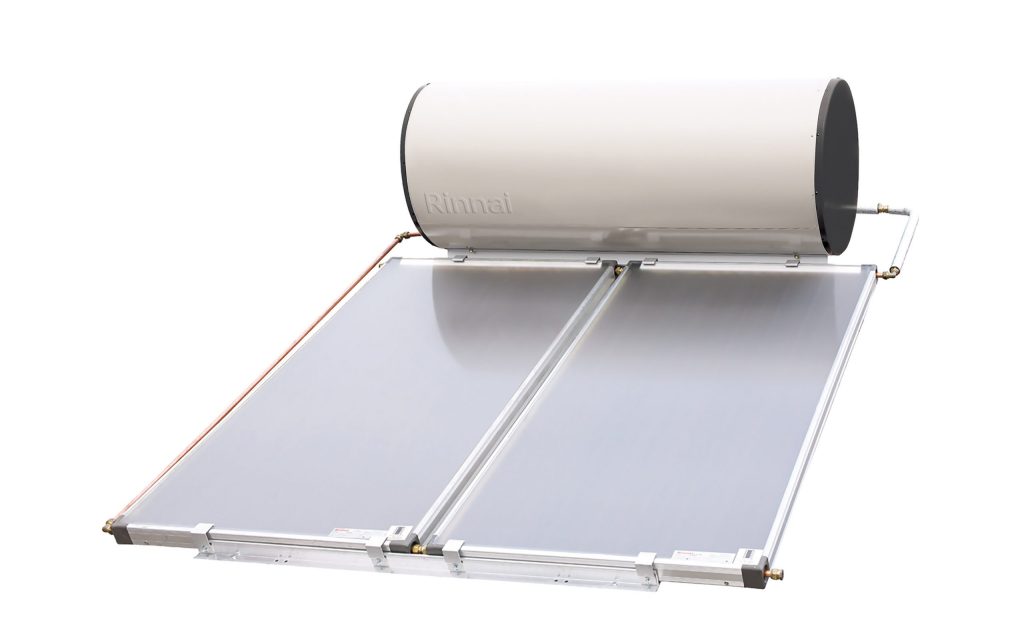
You don’t really think about your hot water system until it stops. Then suddenly everyone’s talking about it. The shower […]

General Considerations
With Australian Department of Energy reports showing water heating can consume up to 30% of household energy, picking the correct water heater can make a huge difference.
It can help you save on utility bills and enjoy the convenience of hot water throughout the seasons.
To know which would best serve you, read and compare Australia’s top four standard water heaters. Let’s discuss them.

Heat pump water heaters are among the most energy-efficient options.
They function by extracting heat from the surrounding air, even in cold conditions, and transferring that heat to the water.
This is achieved using a refrigerant that captures heat, gets compressed to raise its temperature further, and then transfers the heat to the water.
One good thing about heat pumps is that they don’t consume electricity for heat generation. Instead, they use electricity to move heat, thus helping you save significantly.
Of all the water heaters in Australia, heat pumps are gaining popularity at a higher rate, and it’s expected that they will serve more homes in the future than any other heater.
In Australia, swapping a heat pump water heater normally costs from $3,000 to $6,000. The cost changes based on brand, size, and ease of fitting.
Though the start-up price seems big, heat pumps use less energy, which lowers monthly power bills over time.
Homeowners can also get help from the government, as they give back money for energy-saving changes.

Electric water heaters are the most common in Australia, and they serve about 50% of Australian households, according to the Australian Department of Energy.
The heaters exist in two categories.
The first type is an electric storage water heater, which has heating elements in a water tank. It heats the water, which is then stored for usage as needed.
The second type is electric instant water heaters or tankless/on-demand heaters.
These heat water right away as it passes the electric heating elements. They are a great option in that you don’t have to wait for hot water.
The cost of switching an electric water heater in Australia can change for many reasons. The heater size, brand, type (tank or tankless), and how tough it is to set up all play a part. On average, swapping costs range between $1,200 and $3,000.
Smaller systems for apartments or one-person homes are a bit cheaper than bigger systems or fancy brands.
Other things, like removing the old unit, upgrading pipes, or meeting new rules, can add more to the cost. It’s key to talk to a licensed plumber or water heat expert for a detailed price that fits your needs.

According to the Australian government reports, gas water heaters are installed in 40% of all households in Australia. Thus, they are the second most common type after electric heaters.
Similar to electric heaters, gas water heaters can be instantaneous or storage models. However, they are either powered by natural gas or LPG.
Instantaneous models heat the water directly when required, using a gas burner that automatically ignites when any tap draws water to ensure a continuous supply of hot water.
Storage models heat the water and store it in a tank to supply it whenever needed.
Switching out a gas water heater in Australia can have different costs.
This depends on the size, type of unit, how well it works, and how hard it is to install. The place where you live also matters. Most homeowners will pay between $1,000 and $3,000.
This covers the cost of the new unit and having it set up by a pro. Storage gas water heaters often cost less compared to continuous flow models.
However, in a continuous flow, one uses less energy and saves money over time.
Extra charges might come up for things like getting rid of the old unit, updating pipes or gas lines, or adding things like temperature controls.

Solar water heaters are one of the most suggested systems for parts of Australia that get ample sunlight all year round.
These water heaters use solar panels that collect sunlight, which is then transformed into heat to be transferred to water stored in tanks.
Although they harness free heat from the sun, they require a backup system, either gas or electric boosters.
These help to maintain a constant supply of hot water on days with limited sunlight.
Solar water heaters are gaining popularity due to their seeming ability to lower energy bills. Recent statistics from the Australian Bureau of Statistics show they serve around 10% of Australian households.
Changing a solar hot water system in Australia can cost a range of prices.
The cost could change based on things like the size of the system, system type (flat plate or evac tube), brand, how hard it is to install, and if you can get money from the government.
On average, the cost to change it is between $3,000 and $7,000, including putting it in.
But, some government help, like Small-Scale Tech Certificates (STCs), can cut down the first costs a lot, making it cheaper for homes to move to smart energy ways.
Each type of the above water heater has points for and against it, and that depends on the purpose and your local climate. As the water heater replacement costs vary, so does efficiency.
Therefore, it would be best if you understood them before making the best decision for your house.